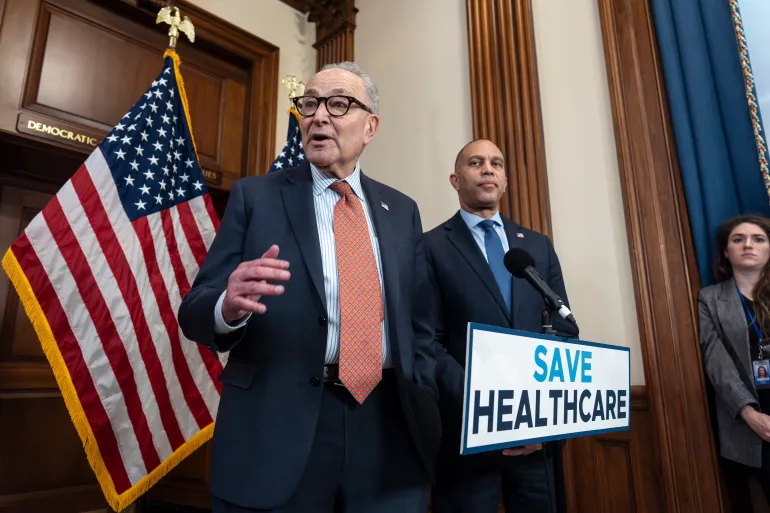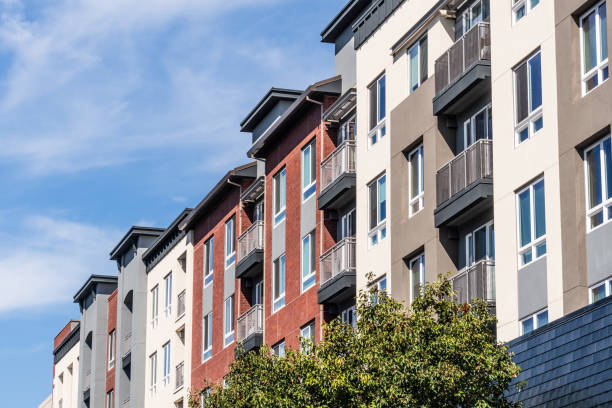Wyoming isn’t exactly racing to add apartments, condos, or townhomes. New analysis of Census data shows the state ranked near the back of the pack in 2024, authorizing the 12th fewest multifamily homes in the country. Just 23.6% of Wyoming’s newly approved housing last year was in multifamily buildings — well below the US average of 33.6%, Wyoming News Now reports.
The raw totals tell the story. Wyoming permitted 503 multifamily units in 2024, alongside 1,632 single-family homes. Most of those higher-density approvals came in larger projects: 358 units were in buildings with five or more homes, with smaller two- to four-unit buildings making up the rest. By contrast, the US authorized roughly 496,000 multifamily units and 982,000 single-family homes.
Why it matters is no mystery. The US is short about 3.7 million homes, according to Freddie Mac, and the affordability squeeze is bipartisan headline material. Multifamily construction is the quickest, most cost-efficient way to add supply where people work and want to live. It doesn’t just stretch land further; it also helps lower per-unit construction costs, which can translate into more attainable rents and prices.
Wyoming’s housing stock still skews heavily toward stand-alone homes spread across lots of open space. About 18.6% of existing homes here are in multifamily buildings, compared with 28.6% nationally. That gap is rooted in decades of development patterns and reinforced by local zoning that often makes denser projects harder to build. The tide may be turning in some parts of the country as states and cities chip away at those barriers, but in the Mountain West — Wyoming included — change has been slower.
Elsewhere, momentum is building. States with long histories of density, like New York and Massachusetts, leaned even harder into multifamily in 2024, with well over half of new units in larger buildings. Even some historically low-density places are shifting gears: Alaska permitted a majority of new homes as multifamily last year, while Washington and Montana pushed close to or past the 40% mark.
For Wyoming, the takeaway is straightforward. If the goal is to ease the shortage and cool prices, the state will likely need more than incremental tweaks. That can mean revisiting local rules that limit duplexes and small apartments, streamlining approvals for in-town infill, and encouraging mixed-income projects near jobs and services. The market is already signaling demand; the policy question is whether Wyoming wants to make it easier to answer it with more homes people can actually afford.










The latest news in your social feeds
Subscribe to our social media platforms to stay tuned